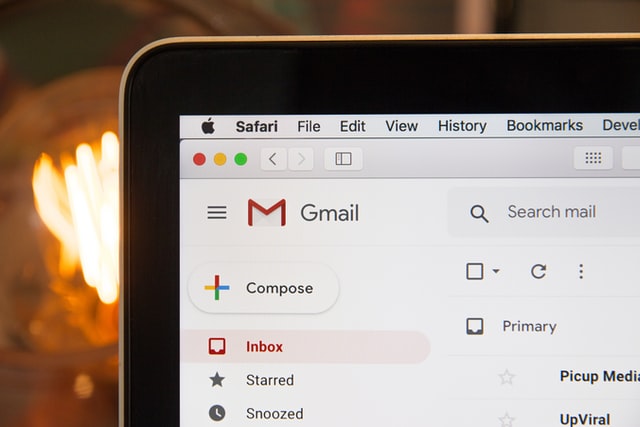Last updated on April 19, 2022
Spear-Phishing – An online attack that is not much different from others. There is, however, one thing that sets it apart.
The attacker uses spear-phishing to send an email message that is customized specifically for the targeted individual.
Most of the phishing attacks are posed as being from a company that the recipient does business with or from an authoritative source. In reality, the attacker is behind the attack.
This post will show you how it all works and how cyber attackers trick their victims into revealing their personal information.
Continue reading to find out more.
What is spear phishing in social engineering?
Spear phishing is a social engineering attack in which a perpetrator, disguised as a truster individual, tricks a target into clicking a malicious link in a spoofed spear phishing email, instant message, or text message.
As a result, the target unwittingly reveals, sensitive data, installs malicious programs, on their network, or executes the first stage of an advanced persistent threat, to name a few of the possible consequences.
The Goal Of Spear Phishing Attacks
The goal of a spear-phishing attack is to deliver a high conversion rate through a limited number of contacts. The purpose of spear phishing is to obtain private information about individuals and businesses via social networking sites, company websites, and other public sources of information.
That targeted information is then utilized by cyber attackers to manipulate the victim into fulfilling a task or sharing information.
How Spear Phishing Works?
The email appears in your inbox, from what appears to be a reliable source, but in reality, it directs unwary recipients to a malicious site containing malware.
Emails like these often employ clever techniques to catch recipients’ attention. For instance, the FBI has released warnings concerning spear-phishing emails that appear to come from the Missing Children’s National Center.
Spear phishing examples
Scammers have used spear-phishing schemes to defraud people and businesses worldwide. Besides stealing company secrets, they can also cause individual emotional distress.
Some successful spear phishing examples are outlined below.
Amazon
As one of the most popular companies on the internet, Amazon has a large user base, which makes phishing a fairly easy endeavor.
The year 2015 was a year of large-scale targeted attacks against Amazon shoppers. These attacks attempted to compromise up to 100 million Amazon customers.
They appeared to be real, with the subject (Your Amazon.com order has been dispatched) – together with the order number.
An attachment was all that was included in the email, rather than a message. Those who opened the attachment ended up installing the Locky Ransomware, which required a bitcoin ransom.
Paypal
Spear-phishing tends to target PayPal users endlessly. Having a large user base will increase the likelihood of mass emails being successful.
A few PayPal users, however, reported receiving more targeted spear-phishing emails.
The emails address the recipient directly by his/her name, appearing more trustworthy compared to the typical phishing email.
Phishing vs spear phishing
It is primarily the approach used that separates phishing and spear phishing. Spear phishing is a form of phishing that is targeted and tailored.
Phishing emails use a broad-stroke approach sent as a bulk email with the hopes of tricking at least one person into giving up confidential information.
Emails that contain phishing scams tend to be poorly written compared to spear-phishing emails since they do not contain any personal data.
What helps protect from spear phishing
Regardless of your position within the organization, you might find yourself targeted by spear-phishing scammers trying to penetrate the system. The following are some steps you can take to protect yourself from spear-phishing attacks.
- Don’t respond to unwanted and sudden emails, especially those requesting urgent action. If feasible, speak directly to the individual directly over the phone or in person.
- When receiving emails from unknown sources, do not click on the links attached or download the attachments.
- Utilize hosted email security and antispam protection to block threats sent via email.
- Get familiar with the methods involved in spear-phishing emails, including executive phishing, tax scams, phishing b-mails, among others.

Be First to Comment